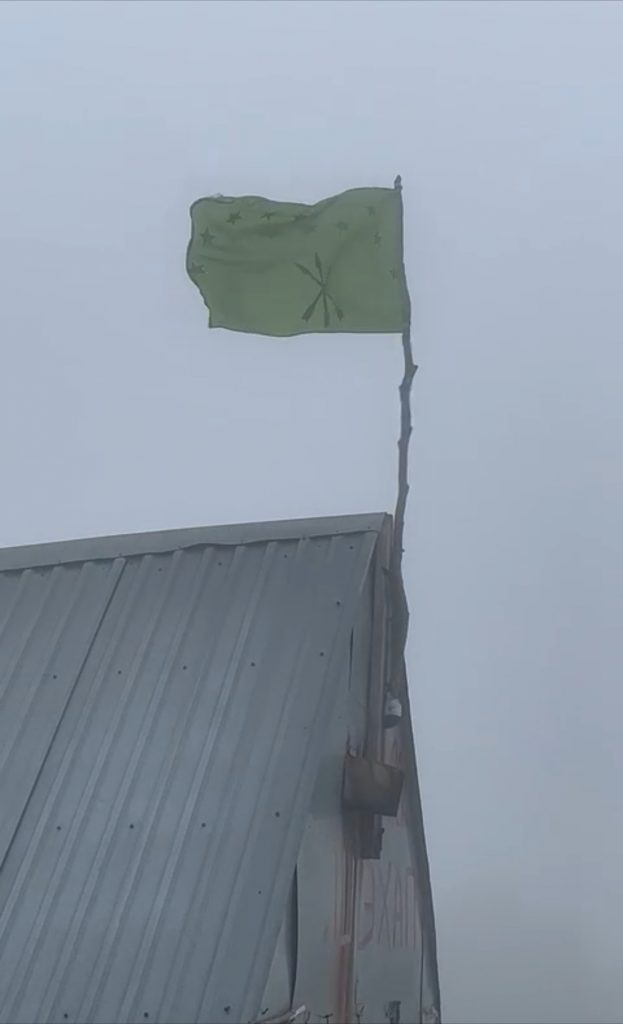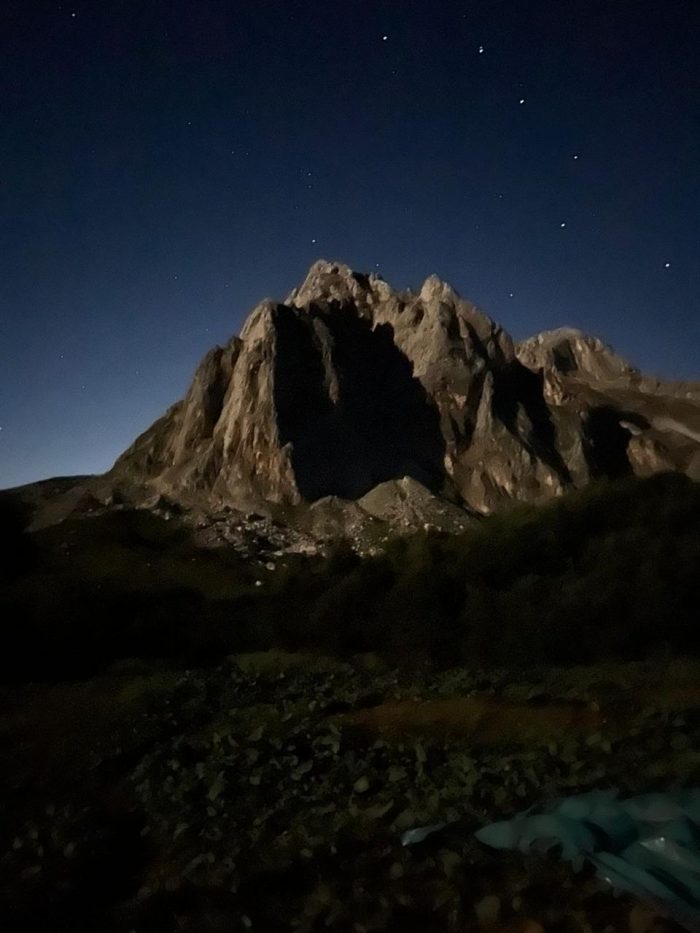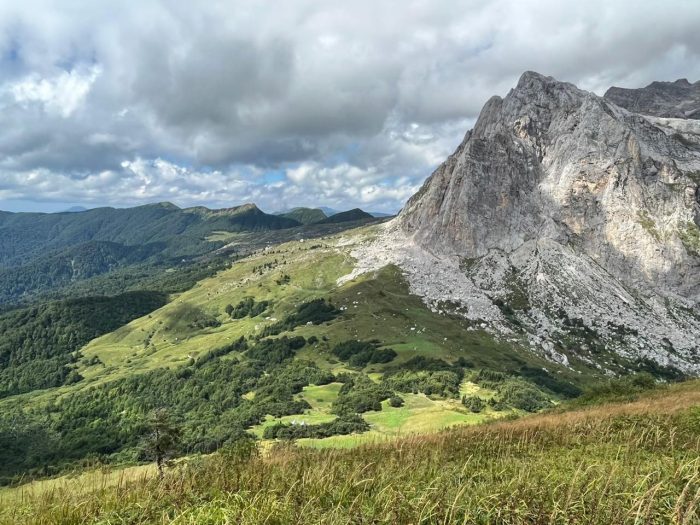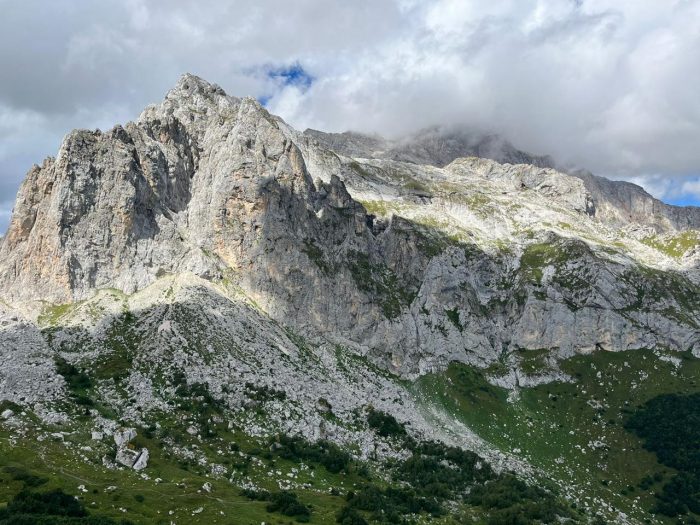Sochi is Great Circassia
Adel Bashqawi
September 15, 2024
Introduction
I was thrilled to receive a few photos from a dear friend of the beautiful terrain of Sochi, taken recently. They show the charming landscape of a beloved part of the Circassian homeland. These images were captured by a photographer from one of the Caucasus nations who visited the area and was deeply impressed by the picturesque nature of Sochi and its surroundings. Sochi, which was occupied by the Russian Empire on May 21, 1864, is not yet forgotten, where a military parade was held to celebrate the victory. The undivided Circassia and all its parts remain in the hearts and minds of all sincere Circassians.
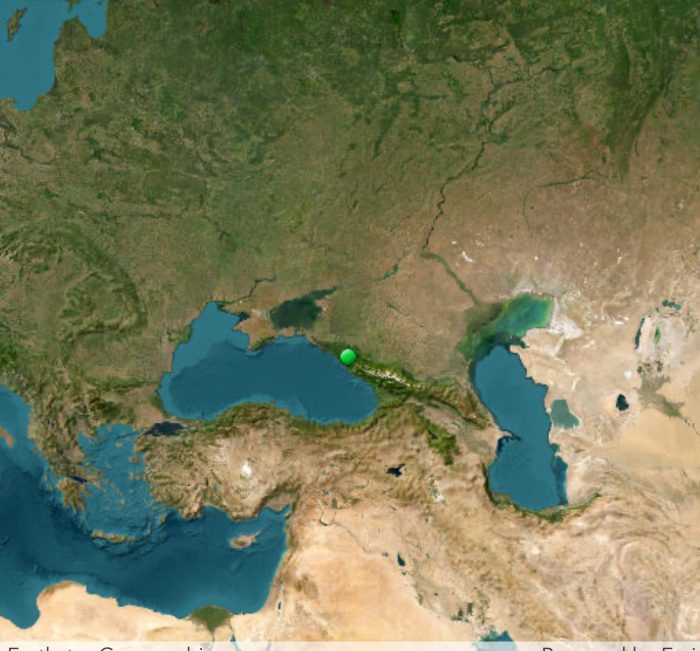
The Beautiful Terrain of Sochi
Without a doubt, what unites Circassians is far more significant than what divides them.
*”Factors of Circassian unity can be referred to in the following:
- Common identity, which includes geographical, cultural, linguistic, spiritual, and ethnic unity;
- Recognized ancient civilization that developed throughout the years;
- Common history, people’s compatibility according to indigenous reality; and
- Emotional solidarity.”* [1]
Environmental Pollution Due to Excavations and Chemical Waste
These beautiful pictures reminded me of the Russian-Circassian war and the Russian Empire’s invasion of Circassia, along with its crimes of occupation, ethnic cleansing, genocide, and the devastation of the Circassian homeland. Greater Sochi’s construction for various facilities related to games and sports activities—ice skating, skiing fields, resorts, hotels, roads, railways, airports, ports, and the Olympic Village—not to mention football stadiums and a car racing track, all came at a considerable cost.
This development occurred at the expense of lands and sites protected by international laws, as per UNESCO lists and even environmental campaigns within Russia. Sadly, all these protections were ignored. We should not forget the cemeteries that were destroyed to build facilities in their place, cemeteries that contained the remains of those who sacrificed their lives defending their nation and homeland.
The UNESCO World Heritage Site of the Western Caucasus is home to diverse species and habitats. The tallest tree in Europe still grows in the forest areas of the Western Caucasus. Despite this, environmental contamination has impacted water resources, destroyed forests, and contributed to pollution.
Although the intention was to preserve and conserve natural life, the ecological catastrophes caused by constructing Olympic structures in Sochi National Park led to devastating consequences for the environment, wildlife refuge, and sanctuary, destroying endangered species.
Building the Olympic venues, stadiums, and infrastructure, including ski tracks, slopes, and lifts, contributed to the devastation of natural reserves, including unique nature conservation areas. Consequently, it is impossible to overcome the problems caused by environmental pollution. Some protected areas have been included in places where facilities, resorts, and services were established, areas they now call urban, linked to the Winter Olympic Games.
All negative consequences resulting from these irresponsible actions counter the objective of ecological sustainability. It appears as though ecological contamination was an intended outcome, accompanied by neglect in maintaining environmental balance.
UNESCO World Heritage List
The UNESCO World Heritage Convention website published information about the preserved sites in the Western Caucasus:
“The Western Caucasus, extending over 275,000 ha at the extreme western end of the Caucasus mountains and located 50 km northeast of the Black Sea, is one of the few large mountain areas in Europe that has not experienced significant human impact. Its subalpine and alpine pastures have only been grazed by wild animals, and its extensive tracts of undisturbed mountain forests, extending from the lowlands to the subalpine zone, are unique in Europe. The site has a great diversity of ecosystems, with important endemic plants and wildlife, and is the place of origin and reintroduction of the mountain subspecies of the European bison.” [2]
The UNESCO-protected World Heritage Sites in the Western Caucasus remain endangered and at risk of demolition and annihilation.
*”Factors affecting the property in 2024 include:
- Ground transport infrastructure
- Illegal activities
- Impacts of tourism, visitor, and recreation
- Legal framework
- Major visitor accommodation and associated infrastructure
- Management systems/management plan”*
(Missions to the property until 2024:
April 2008, May 2009, May 2010, September 2012, November 2016) [3]
Biodiversity
The UNESCO World Heritage Site of the Western Caucasus contains a diversity of plant species and habitats. The tallest tree in Europe still grows in this region.
“The Caucasus hotspot has the greatest biological diversity of any temperate forest region in the world. It shelters 6,500 species of vascular plants, at least 1,600 of which (25 percent) are unique to the region, and a number of endemic animals, including the East and West Caucasian turs, Armenian mouflon, and Caucasian salamander. The 2010 IUCN Red List identifies 50 species of globally threatened animals in the Caucasus.” [4]
The Importance of Sochi
Sochi stands out for its stunning natural beauty year-round: its coast, plains, mountains, valleys, forests, and landscapes. This beauty has been disrupted by pollution and the encroachment on protected natural areas listed by UNESCO. Most of the region is covered by permanent vegetation, with a moderate coastal climate, rainfall throughout the year, and snowy mountains. There are abundant water sources in Sochi National Park, including springs, waterfalls, rivers, tributaries, valleys, creeks, and streams, many of which flow into the Black Sea.
Resorts were established in Sochi during the Soviet era, initially reserved for senior officials, statesmen, and Communist Party members. Eventually, they were opened to local and foreign tourists. Sochi’s unique natural features, including its mineral waters and climate, made it a popular destination for therapeutic and sports tourism.
Astronomical Funds Spent to Destroy Nature
In an attempt to distort history, “Russia spent a record $50+ billion to host the Sochi Games, effectively building sports venues, hotels, transportation infrastructure, and housing from scratch… The Olympic structures have changed landmarks and environmental uniqueness, with the absence of the indigenous people from the region, which affected the Circassian heritage.” [5]
Sochi remains dear to all Circassians who care about their cause and homeland. However, the holding of the 2014 Winter Olympic Games in Sochi raised concerns about environmental, historical, and cultural implications.
Beyond Sochi
The Russian policy, even in the twenty-first century, insists on holding the Sochi Winter Olympic Games on the land of the Circassian Genocide, attempting to falsify history.
“Friday, February 7, 2014, marked the start of the Winter Olympic Games in Sochi… The Circassians stood to mourn and condemn the sad event, adopted and supported by the Russian state, regardless of all ethical, historical, and environmental concerns.” [6]
A few days after the Sochi Winter Olympic Games, Russian forces, in order to continue practicing their typical colonial policy of expansion against their neighbors, invaded the Crimea, leading to the annexation of the peninsula to the Russian state.
Conclusion
To erase the original Circassian identity of the region, artificial changes were made, disregarding the rights of indigenous peoples. The Olympic Games were held to emphasize the greatness of Russia at the expense of subjugated nations, destroying the unique environment of the Sochi region and negatively impacting the Western Caucasus World Heritage Site.
********************
References
[1] (The Circassian Miracle: the Nation Neither Tsars, Nor Commissars, Nor Russia Could Stop, Adel Bashqawi, p. 631)
[2] (https://whc.unesco.org/en/list/900)
[3] (https://whc.unesco.org/en/soc/4632, https://whc.unesco.org/en/list/900/maps/)
[4] (https://www.caucasus-naturefund.org/ecoregion/caucasus-hotspot/)
[5] (Circassia: Born to be Free, Adel Bashqawi, p. 563)
[6] (The Circassian Miracle: the Nation Neither Tsars, Nor Commissars, Nor Russia Could Stop, Adel Bashqawi, p. 406)
